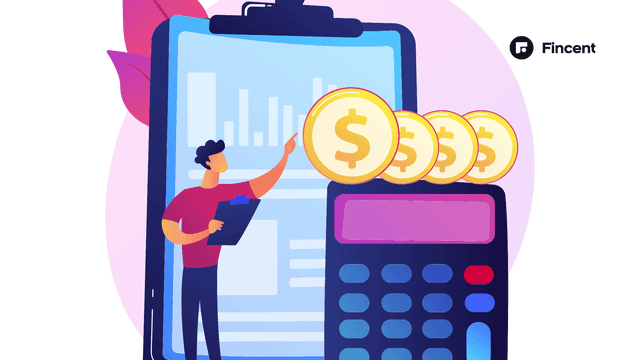- Glossary
- Pitch Deck
Pitch Deck
A pitch deck is a way to show your business or idea to different people, like investors, by using a presentation. One of the single most important components of creating a successful pitch deck is organizing it based on the audience and forum to whom it is being presented. High-level summary slides, the issue you're trying to solve, your product, your market and strategy, your team, your financials and predictions, and the tone you want to portray are all important parts of a pitch deck.
Components Of A Pitch Deck
A pitch deck is essentially a slide-based presentation made to provide a concise yet thorough explanation of:
- Your company
- The market it operates in and the magic of your startup
- The momentum right now (in numbers)
- Future objectives and vision for your startup
- How you propose achieving these objectives
- Why a prospective investor should support your startup
It combines strong design, aesthetically beautiful slides, accurate market and competitor analysis, precise, succinct content, workable growth measures, and a vision worth investing in.
Why Is Pitch Deck Important?
Entrepreneurs utilize pitch decks as their initial method of contact with potential investors, whether via email or in-person meetings.
It serves as a sales pitch for a startup to investors, helping them comprehend it in the context of their everyday lives.
Objective Of A Pitch Deck
Giving investors a reason to think that the firm is viable and worth investing in is the main goal of a pitch deck.
In contrast to TV shows, investors don't immediately invest in a firm after seeing the pitch deck. The agreement must be finalized after numerous sessions.
So, the primary goal of a pitch deck is to facilitate the next meeting with the investor and make him or her amenable to talks.
Features Of A Pitch Deck
The goal of the pitch deck is to pique the interest of investors and other interested parties in your startup by demystifying the intricate workings of your company and the industry it serves.
A strong pitch deck should essentially:
- Be simple to comprehend
- Be interesting and enlightening to elicit FOMO.
- Be dependable.
What Are The Types Of Pitch Decks?
You should, in fact, create two distinct sets of pitch decks.
Email Deck: A document that contains a lot of text and information and is distributed through email to potential stakeholders.
Presentation deck: Which includes additional images, to make a personal presentation to investors. You may attract more attention by using less text and more images, and the presentation will support your points.
How Many Slides Should Be In Your Pitch Deck?
An average pitch deck is 19.2 pages long, and an investor typically takes 3 minutes and 44 seconds to read it, according to a Docsend study.
While the investor won't have more than 4 minutes to read it, your pitch deck shouldn't be more than 20 pages long.
If you're an established startup with significant traction, though, you shouldn't be concerned if your pitch deck has more slides than is normal, as long as they contribute to your thesis.


